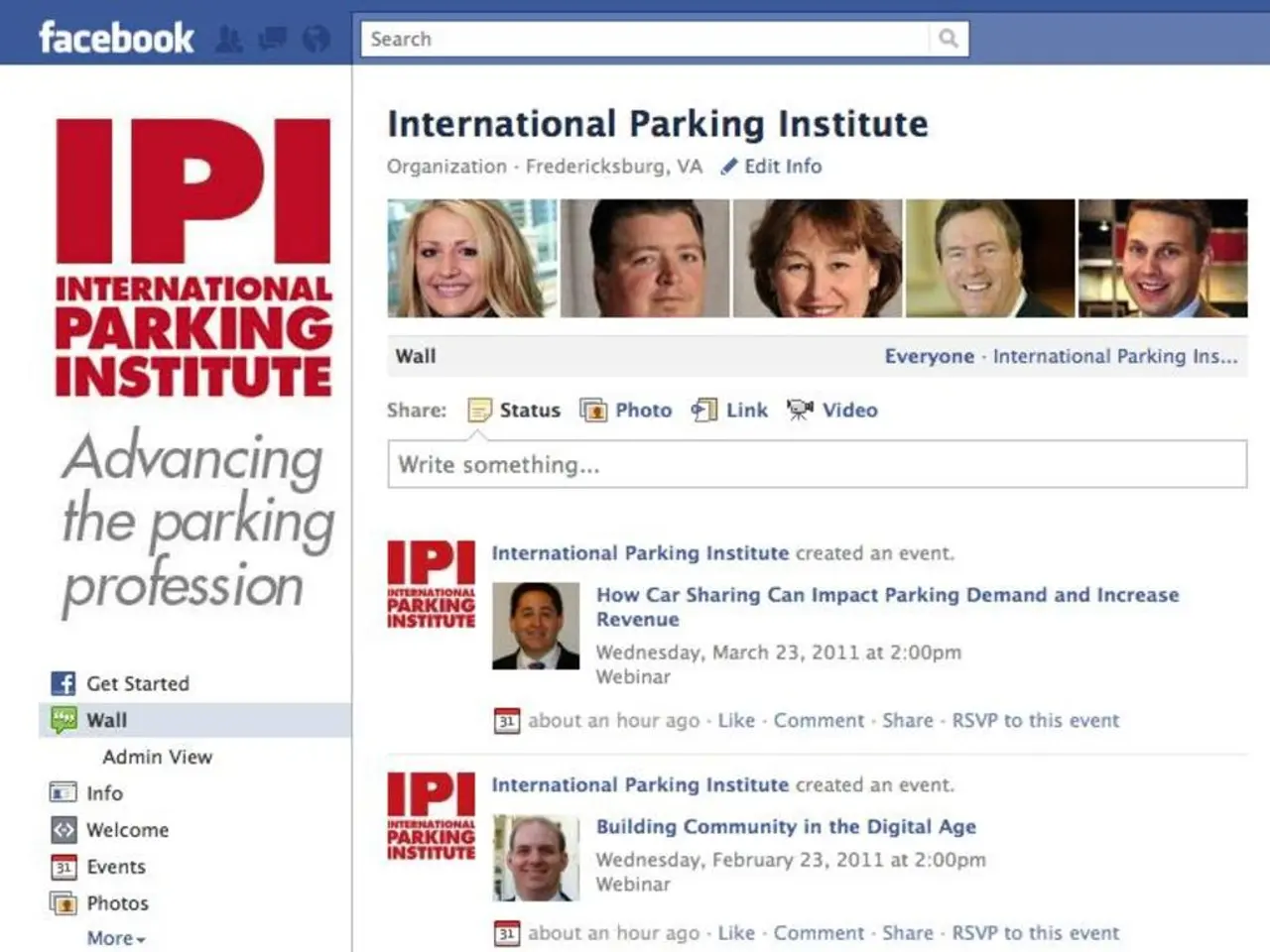Trump Unveils U.S.'s Artificial Intelligence Strategy: 'America's AI Action Plan'
The White House has unveiled a comprehensive document titled 'America's AI Action Plan', outlining the future of artificial intelligence (AI) development in the United States. This plan, sourced from https://www.whitehouse.gov/wp-content/uploads/2025/07/Americas-AI-Action-Plan.pdf and originally reported at https://www.technocracy.news/trump-the-technocrat-releases-americas-ai-action-plan/, is a collaborative effort led by Michael Kratsios and David Sacks, both with significant backgrounds in technology and AI policy.
Michael Kratsios, the Director of the Office of Science and Technology Policy, served previously as the U.S. Chief Technology Officer and acting undersecretary for research and engineering at the Department of Defense during the first Trump Administration. Prior to government service, he was a principal at Thiel Capital and Peter Thiel’s chief of staff. Kratsios also served as managing director at Scale AI, reflecting his experience in AI technology organizations [1][4][2].
David Sacks, a member of the "PayPal Mafia", is known for his influential role in early PayPal and later founding or investing in leading technology companies. He was appointed as the White House AI and cryptocurrency czar, overseeing national policy in these fields. Sacks is recognised in the AI and crypto industries for emphasising innovation and minimising regulatory overreach. His background also includes significant venture capital involvement and tech entrepreneurship [1][3][4][2].
The 'America's AI Action Plan' is structured around three pillars. The first pillar focuses on removing regulatory barriers and transferring authority from elected bodies to expert committees and interagency working groups. It also proposes the development of a mechanism to facilitate data sharing between nucleic acid synthesis providers to screen for potentially fraudulent or malicious customers [2].
The second pillar includes a comprehensive scheme for AI literacy and workforce retraining, with a narrowly defined set of competencies determined by federal projections of industrial demand. This section also emphasises the importance of collaboration between CAISI at DOC, national security agencies, and relevant research institutions to build, maintain, and update national security-related AI evaluations [2].
The third pillar seeks to extend the domestic technocratic agent to the world by exporting American AI frameworks, hardware standards, and regulatory templates to allies. This includes the use of nucleic acid screening tools and the requirement for institutions receiving Federal funding for scientific research to use providers with robust screening procedures [2].
The plan also contains a section on biosecurity, proposing a multi-tiered approach to screen for malicious actors and develop new tools for more effective screening. It is worth noting that David Sacks has self-appointed himself as the "Crypto and AI Czar" [2].
The lead authors of the report are Michael Kratsios, David Sacks, and Secretary of State Marco Rubio. Kratsios led efforts to advance emerging technologies, notably AI, 5G, quantum computing, and data privacy, across the federal government during his tenure as the Chief Technology Officer [1][4]. Sacks co-founded PayPal and was its first Chief Operating Officer (COO) [1].
The 'America's AI Action Plan' is a significant step towards maintaining American leadership in AI innovation, infrastructure, and policy. With Kratsios' government technology leadership and Sacks' Silicon Valley entrepreneurial and investment experience, the plan aims to foster innovation while minimising regulatory overreach, a strategy that could position the United States at the forefront of the AI revolution.
[1] White House (2025). 'America's AI Action Plan'. Retrieved from https://www.whitehouse.gov/wp-content/uploads/2025/07/Americas-AI-Action-Plan.pdf
[2] Technocracy News (2025). 'Trump the Technocrat Releases America's AI Action Plan'. Retrieved from https://www.technocracy.news/trump-the-technocrat-releases-americas-ai-action-plan/
[3] Biography of David Sacks. (n.d.). Retrieved from https://en.wikipedia.org/wiki/David_Sacks
[4] Biography of Michael Kratsios. (n.d.). Retrieved from https://en.wikipedia.org/wiki/Michael_Kratsios
- The 'America's AI Action Plan' is a collaborative effort led by Michael Kratsios and David Sacks, with both having significant backgrounds in technology and AI policy.
- The White House document focuses on three pillars: removing regulatory barriers, promoting AI literacy and workforce retraining, and extending American AI frameworks to allies.
- The plan includes a section on biosecurity, proposing a multi-tiered approach to screen for malicious actors and develop new tools for more effective screening.
- David Sacks, known from his role in PayPal and as a investor in leading technology companies, was appointed as the White House AI and cryptocurrency czar.
- The 'America's AI Action Plan' aims to foster innovation while minimising regulatory overreach, a strategy that could position the United States at the forefront of the AI revolution. Furthermore, the plan is structured to support general news, policy-and-legislation, and politics, particularly regarding technology, artificial intelligence, science, privacy, and technology.




